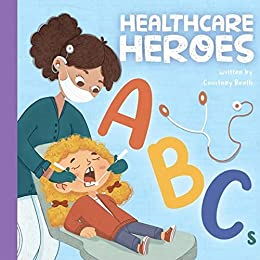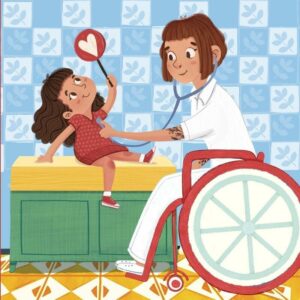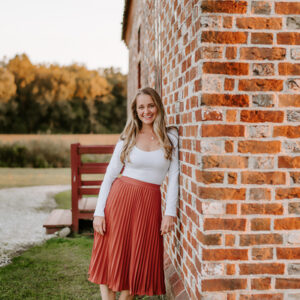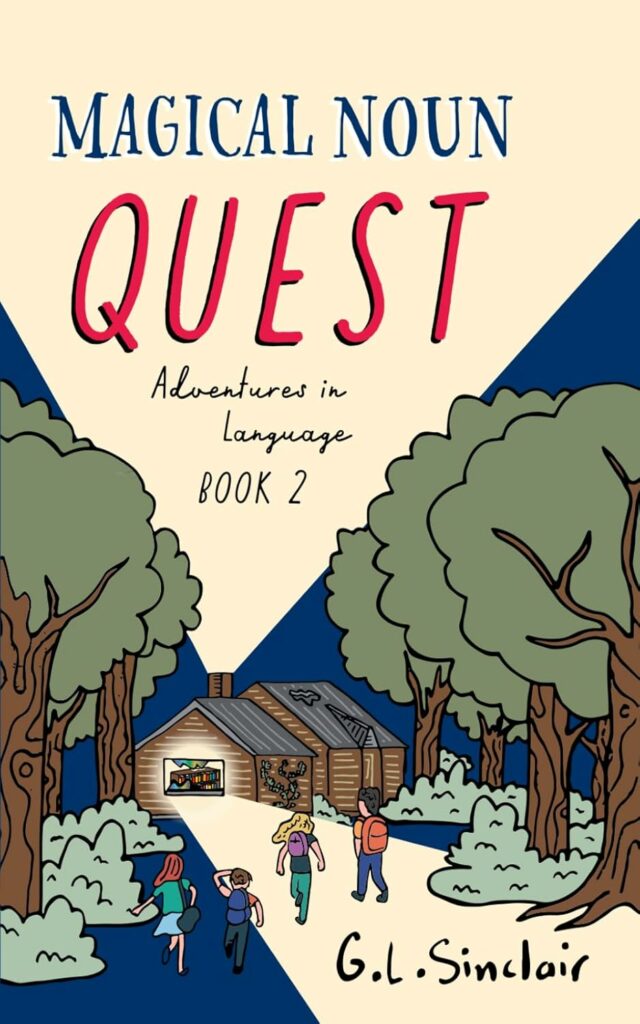
Join four adventurous kids on an unforgettable treasure hunt in “The Magical Noun Quest”! When Emma, Jack, Liam and Sophie stumble upon a dilapidated cottage deep in the woods. Their curiosity gets the better of them, ignoring the warnings of their parents, they venture inside and discover a hidden library filled with dusty, ancient books.
Among the forgotten tomes, one book stands out—glowing and shimmering with a magical light. Drawn to its enchanting aura, the kids open the book and are instantly transported to a series of mystical worlds. Each new place they visit is filled with exciting challenges and wondrous discoveries, all centered around the fascinating world of nouns.
As they journey through an enchanted forest, bustling city, and mysterious islands, Emma, Jack, Liam and Sophie learn the true power of language. They uncover the importance of all types of nouns—people, places, things, and ideas—and how these words shape the world around them.
“The Magical Noun Quest” is a captivating adventure that teaches young readers the value of language and the magic hidden within words. Perfect for children who love a good story and are eager to explore the wonders of grammar, this book is sure to inspire and delight.
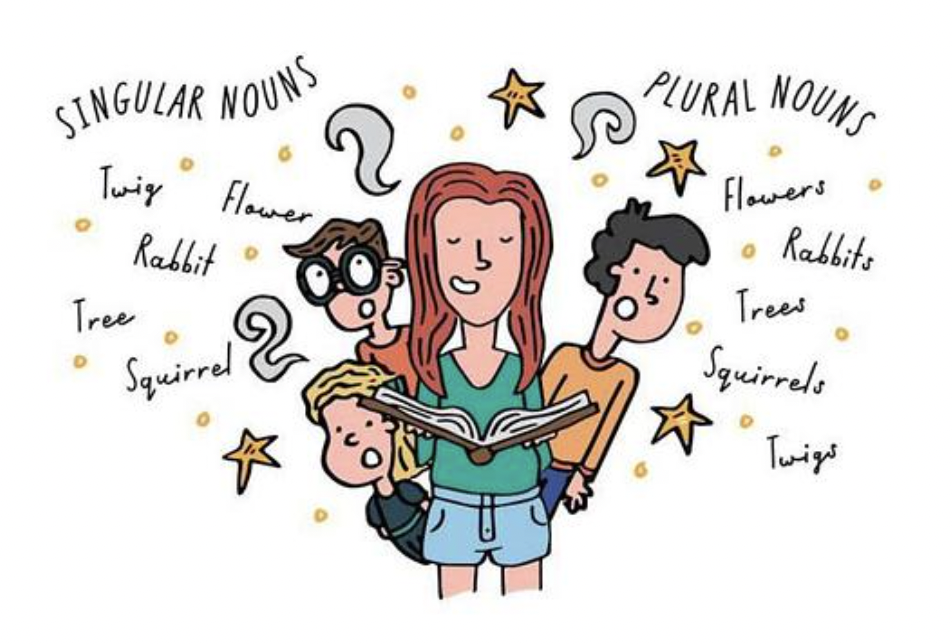
I received a complimentary copy of this book from Reedsy Discovery. I voluntarily chose to read and post an honest review.
English can be tricky, and learning what each word represents in any given sentence can be mind-numbingly dull. Oh, how I wish Magical Noun Quest had been around when I was a child. Thank goodness it is here now! Magical Noun Quest helps elementary students discover the magic of nouns and how the world would crumble without them.
Best friends Emma, Jack, Liam, and Sophie love going on adventures together, and so, on one hot summer afternoon, they pack and head to an abandoned cottage in the Maplewood Forest. Why this place, you may ask? There’s a rumor that inside the run-down building is a library filled with ancient and magical books. Guess what? The rumor was correct! Sophie, aged seven and the youngest member of the friend group, discovered a large dark brown book with gold patterns embossed on the cover titled The Enchanted Guide to Nouns. This book magically opened with a mist pouring out and engulfing the kids. It also spoke to them, saying it was a guide that would show them the magic of nouns. All the kids must do is say yes to the adventure, which they did.
As the library vanished, their quest (and yours at home) began: to find and categorize all the names in the magical realm before the Verb Goblin turns the nouns into other parts of speech. Noun hunters met many interesting characters in the book within a book, such as the talking eyeglass-wearing owl, chimera (discussed later), and Bella the talking butterfly.
As we turn the pages, we first read the difference between singular and plural nouns. That’s not the exciting part, but what happened next was —each noun they read would magically appear in front of them. The forest came alive, but things began looking slightly off. The culprit? The Verb Goblin, as warned by the voice in The Enchanted Guide to Nouns. The children in the book have to identify plural and singular nouns. Extend the teaching by asking your class to name single and plural nouns they’d discover in a forest or classroom. Let your students become the heroes of their enchanted forest!
On day two, the kids were transported to the City of Names and had to identify proper and common nouns to restore the city. Children did not learn the difference between the two right away; however, they got some assistance as the book characters arrived at the park and then pressed on to the museum and library. This adventure, like the forest one, offers educators a chance to get children involved in the story. Ask them to name proper or common nouns in their city/town.
My favorite journey was in chapter four, where the magical journey took us to the Mysterious Island of Togetherness, home to the chimeras. (For those unfamiliar with mythical creatures, the illustrator added a cute drawing of this unique-looking animal.) In this section, Blazeclaw (the lead chimera) introduces readers to collective nouns representing groups of people, animals, and things. The author brilliantly reinforces the literary term by using familiar objects and groupings, such as a swarm of bees and a flock of sheep.
As chapters 5-7 play out, readers transport to beautiful caverns (concrete and abstract nouns), a floating market (countable and uncountable nouns), and a meadow lacking descriptive words (noun phrases). In these final stops, the author once again used simple words to explain a possibly confusing subject matter. For instance, abstract might puzzle your reader at first, but after they read the writer’s definition and examples (i.e., happiness), their confusion will vanish as quickly as the Verb Goblin’s mischievous deeds! It is the same for countable (apples) and uncountable nouns (sand). And when I thought we’d never meet the Verb Goblin, they make a dramatic entrance, and chaos erupts. Join the brave noun hunters for the biggest challenge yet and share the wonders of language with your family and friends…one noun at a time.
Amazon’s recommended reading age is 5-11 years old. With the excellent explanations and examples, I agree with this age range.
Heart Rating System:
1 (lowest) and 5 (highest)
Score:
Meet the Author
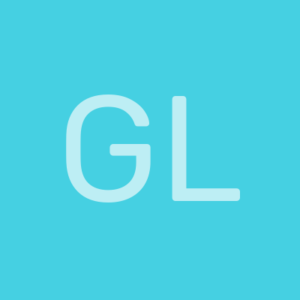
![]()


